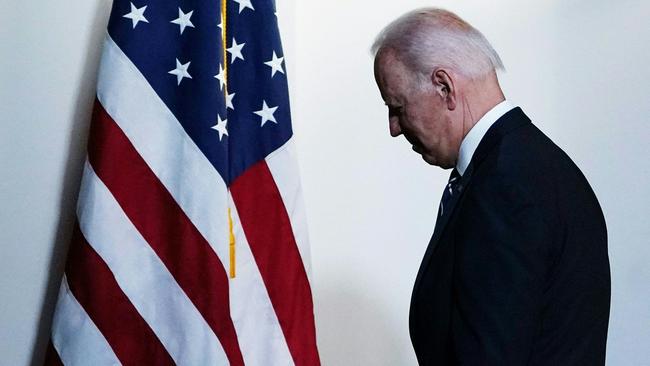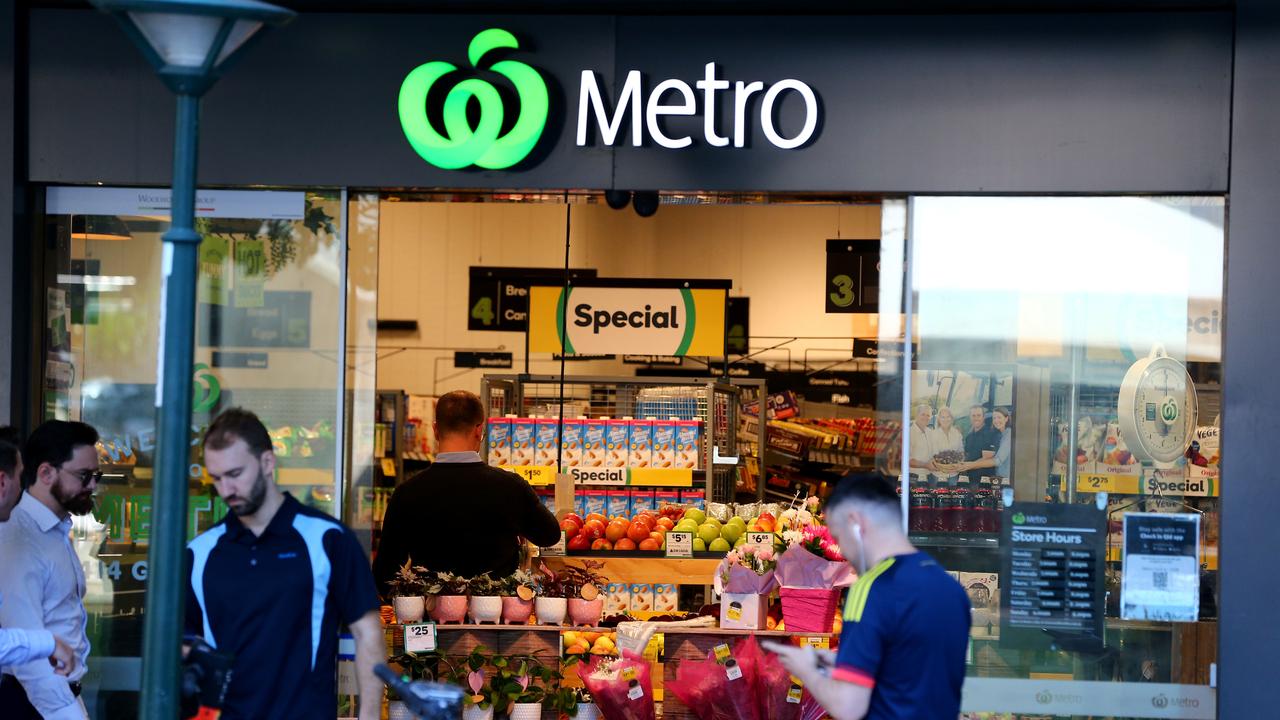US in ‘full bloom’ but labour costs on the rise
A “Goldilocks” US jobs report pushed the S&P 500 up to a fresh record high for the seventh time in as many days.

Business
Don't miss out on the headlines from Business. Followed categories will be added to My News.
A “Goldilocks” US jobs report pushed the S&P 500 up to a fresh record high for the seventh time in as many days, matching its longest winning streak since the seven days ending August 28, 2020.
The S&P 500 has almost doubled from its post-Covid low last March. It hasn’t dipped more than 5 per cent since September, a remarkable run to be sure.
With US jobs still 6.8 million below pre-pandemic levels, the unemployment rate rising in June, stocks and bonds rallied and volatility fell because the data suggests the economy isn’t overheating.
But investors arguably haven’t been worried about Fed tapering for weeks.
Moreover, a flattening yield curve wasn’t a bullish signal for equities, let alone cyclical sectors.
“The bottom line is that the US economy is booming, but this is now a known known and asset markets reflect it,” says Morgan Stanley’s chief US equity strategist, Mike Wilson.
“Higher costs mean lower profits, another reason why the overall equity market has been narrowing. It supports our view that equities are likely to take a break this summer as things heat up.”
He argues that what US companies achieved with most of the labour force working from home is an “economic miracle” as the economy surpassed its pre-Covid peak just nine months after the trough of the recession, and profits returned to peak levels even faster, with many companies feeling no ill-effects, and essential businesses and technology enablers accelerating their pre-Covid sales trends, accompanied by record profitability, as labour and other costs fell “precipitously”.
But with the recovery from Covid in “full bloom”, companies and investors are wondering if consumer purchases of items they bought last year will stay elevated.
As stimulus cheques and supplemental unemployment benefits run out in the next few months, Mr Wilson thinks consumers will switch their spending toward services and away from “overconsumed” goods, while “costs are returning as businesses deal with supply chain shortages”.
“Most investors are aware of the spike in certain materials like lumber, copper and semiconductors,” he says. “However, they also view such increases as temporary, or transitory, as the Fed calls them.
“They believe materials prices will eventually simmer down as supply adjusts, the normal pattern for commodity markets historically. We’re not quite as confident in that view, but we do believe some commodity prices will subside where supply can adjust in a timely fashion.”
His concern is that rising labour costs are likely to prove “structural”.
Pandemic lockdown has curtailed the labour supply in ways that may not be easily fixed, as many workers started new occupations, which means that shortages may be more persistent than normal, particularly in the hospitality, travel and leisure industries, where demand is now surging.
Generous supplemental unemployment benefits and stimulus cheques have given many the means to delay their return to the labour force or enrol in higher education or training to pursue more attractive careers, and an extraordinary rise in asset prices, including homes, has allowed some older workers to retire earlier than planned.
“All these factors suggest that there is less slack in the labour force than usual at this stage of the recovery,” Mr Wilson says.
Aggregate payrolls are already well above pre-Covid levels even though total payrolls are still well below, suggesting higher labour costs for businesses as we fully reopen and lower profitability.
And a powerful political shift toward social equality is also under way, increasing pressure on companies to lift wages, in a trend that started in 2015.
Mr Wilson says minimum wages in many states are up as much as 50 per cent or more since then, while at the federal level ever greater increases have been proposed.
But when adjusted for inflation, real minimum wages are still down almost 40 per cent from their highs in the late 1960s, suggesting “there’s a long way to go before policymakers are satisfied”. At the same time, globalisation and the outsourcing of manufacturing and labour costs have been on a “one-way track for the past 25 years”.
“In addition to increasing political pressure to reverse course, the pandemic has exposed the outsourcing model as vulnerable when supply is less than fluid, leading many companies to rethink and re-shore, which could mean higher costs,” he says.
Originally published as US in ‘full bloom’ but labour costs on the rise




